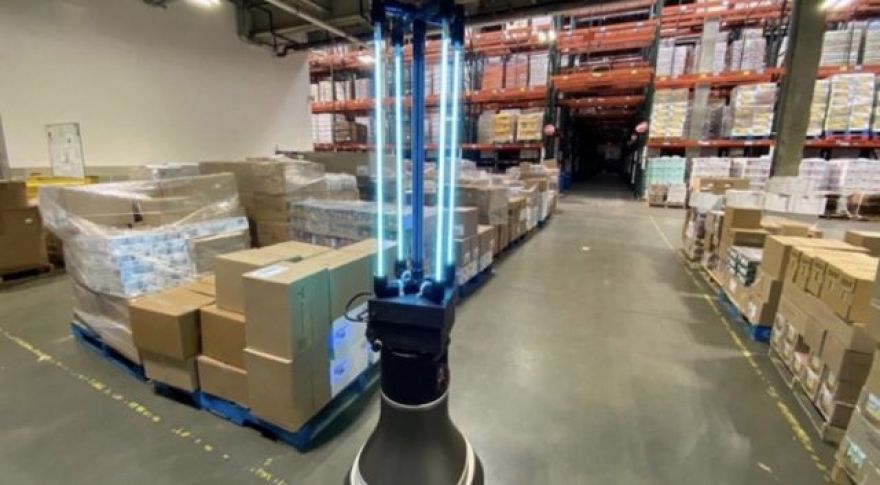
MIT Designs Robot That Eliminates Coronavirus With UV Light
The United States is currently experiencing a surge in COVID-19 cases as states begin dropping restrictions and allowing businesses to open once again. With people venturing outside and returning to offices, it’s more important than ever to neutralize coronavirus particles on surfaces before they can add to the infection rate. MIT has developed a robot that navigates around spaces to . The team has even tested the system at a Boston-area food bank with encouraging results.
The most significant source of coronavirus particles is an infected person, but such people can leave behind viruses on surfaces and drifting through the air that can be infectious for several days.
You’ve probably heard about the dangers of UV-A and UV-B light from doctors and the occasional sunscreen bottle. UV-C is a higher energy form of ultraviolet radiation with a wavelength between 280 and 100 nanometers. UV-A is as high as 400nm, and X-rays start around 10nm. So, UV-C is much more damaging to living organisms than UV-A and UV-B. Luckily, UV-C from the sun is absorbed by the atmosphere before reaching us. You can, however, use artificial UV-C radiation to effectively sterilize objects.
The robotic base of the CSAIL project comes from Ava Robotics, which makes telepresence machines. The team replaced the screen that usually sits on top of the robot with a custom ultraviolet lighting rig. MIT decided to test the system in the Greater Boston Food Bank (GBFB). Since UV-C is dangerous for all living organisms, it can only run when there’s no one around. Being a telepresence robot, it’s simple for a remote operator to guide it around the GBFB facility by placing waypoints. Later, the robot can simply follow those waypoints autonomously.
As the robot makes its way down the aisles at 0.22 miles per hour, the UV-C sweeps over every surface. It takes just half an hour to cover a 4,000 square foot area, delivering enough UV-C energy to neutralize about 90 percent of coronaviruses (and other organisms) on surfaces. Currently, the team’s focus is on improving the algorithms running the GBFB system, but that may lead to more robotic UV scrubbers. CSAIL hopes to use the data gathered at GBFB to design automated UV cleaning systems for dorms, schools, airplanes, and grocery stores.
Now read: